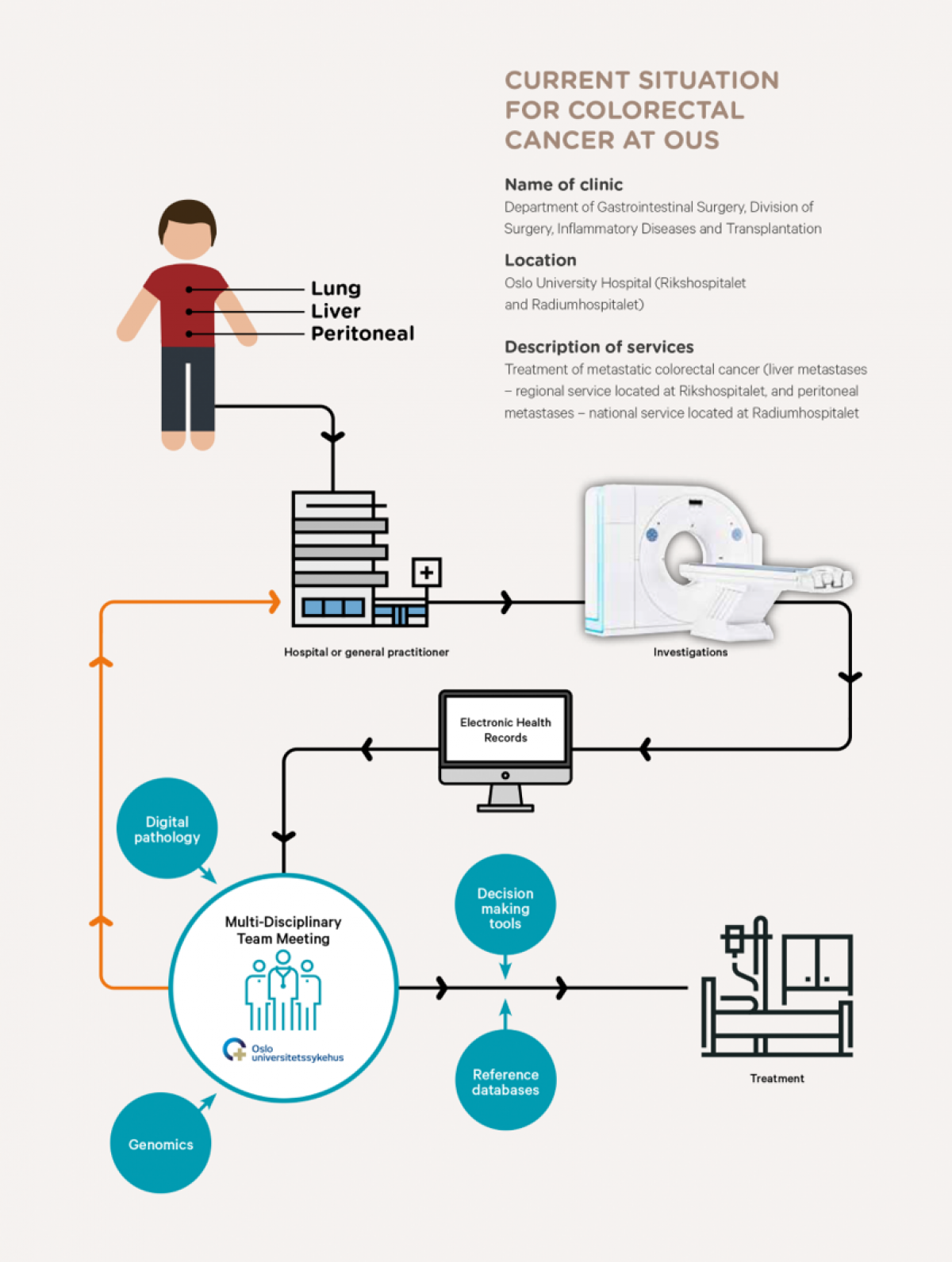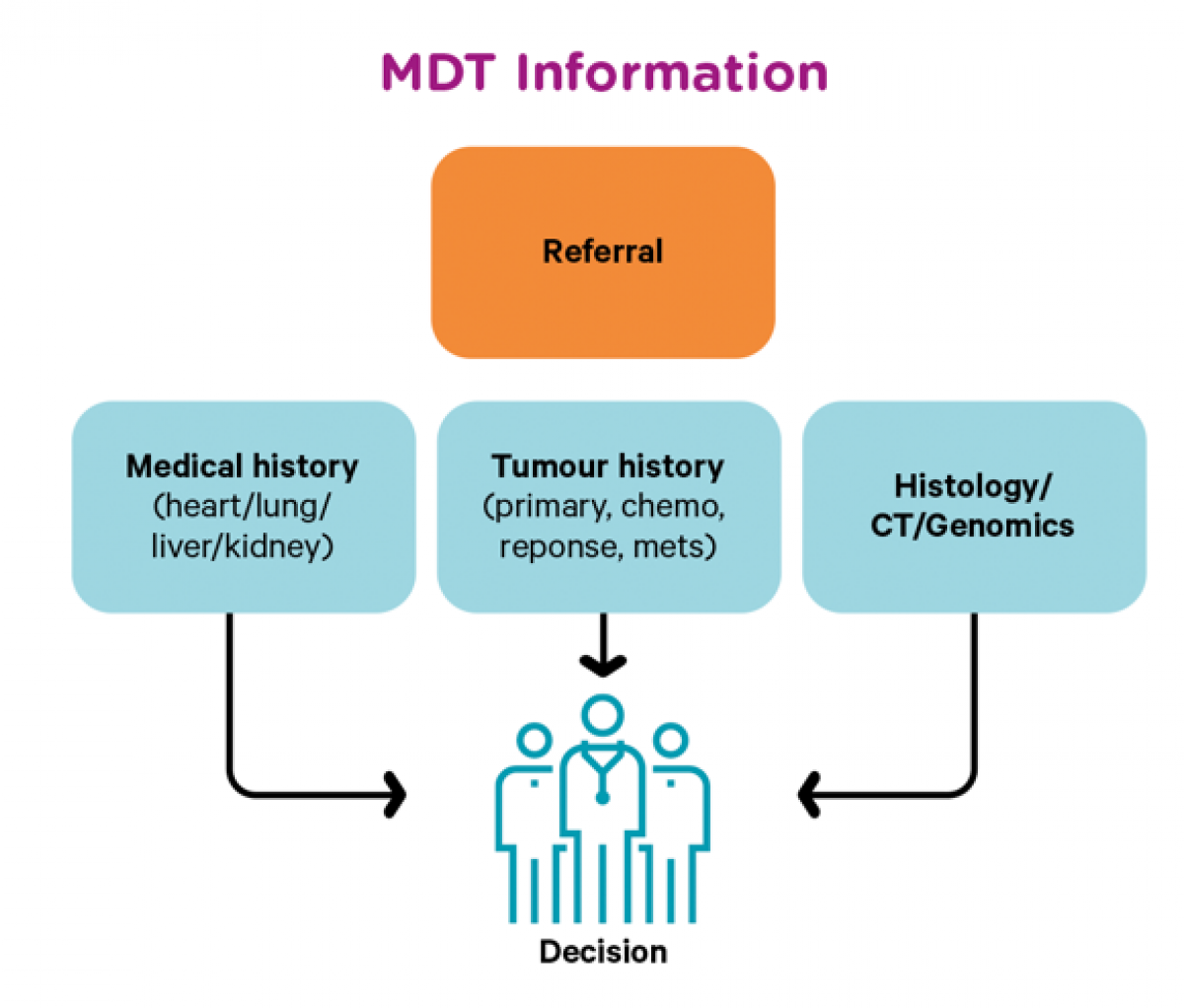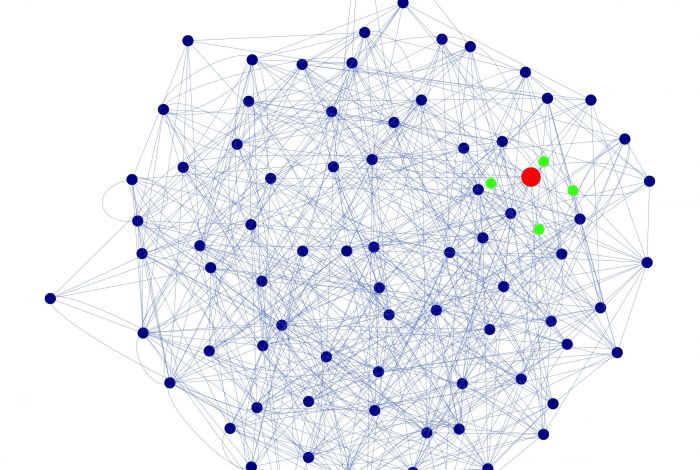The clinical challenges of today include access to data for clinical decisions – both in internal and external systems - and clinical decision support for making sense of and prioritizing the information available. The work in BigMed focused on getting the right information to the point of care; structuring data for easier use and reuse of data, access to internal and external knowledge and support for interpretation of the data for clinical use.
Colorectal cancer

Colorectal cancer is the second most frequent cancer type and represents 13.2% and 12.7% of all cancer cases in men and women, respectively. Approximately 50 % of all patients will develop liver metastasis, and surgical resection is currently the only curative treatment for these patients. Novel molecular diagnostics of the tumors, together with an expanding array of other diagnostic tools is challenging the decision processes for choice of treatment and patient pathways. There is a need for improved clinical decision tools to support this development.


This video summarizes the work in tis work package.
Activities and deliverables are described below:
- Mapping of clinical needs based on design thinking
- Implementation of Dashboard for clinical decision support in DIPS Arena – including timeline and structured patient information to reduce errors and reduce clinician time spent searching for information
- Text mining from electronic health record for automatic population of Dashboard
- Data extraction from registries to populate patient timeline – previous disease incidents. Demo.
- Open EHR Archetypes definition for structured report to cancer registry, saving valuable clinician time and improving valuable data gathering.
- Statistics for patients like me: Application showing live cancer registry outcome data based on different clinical interventions for similar patient cases, clinical decision support. Prototype.
- Patient similarity tool: Advanced clustering techniques for multi criteria similarity.
- Clinical reporting of molecular diagnostics:
- Genomics-based reports from somatic sequencing.
- Clinical decision support module for tumor board meeting dashboard

Relevant Projects

A pipeline and tool for personalised patient classification based on integration of multiple patient data
We are developing a novel pipeline, algorithm and computational tool, to assist clinicians in assigning the best therapy to individual patients by integrating in a novel and transparent way multiple type of data from patients

Extraction of text from health records with NLP and ML

Regulation of CDS Software
The amount of health data used in patients’ diagnosis or treatment is growing beyond a manageable level for individual clinicians. Clinical decision support (CDS) software can help to access and analyse these data and thereby assist

Comprehensive clinical report from molecular diagnostics in cancer


